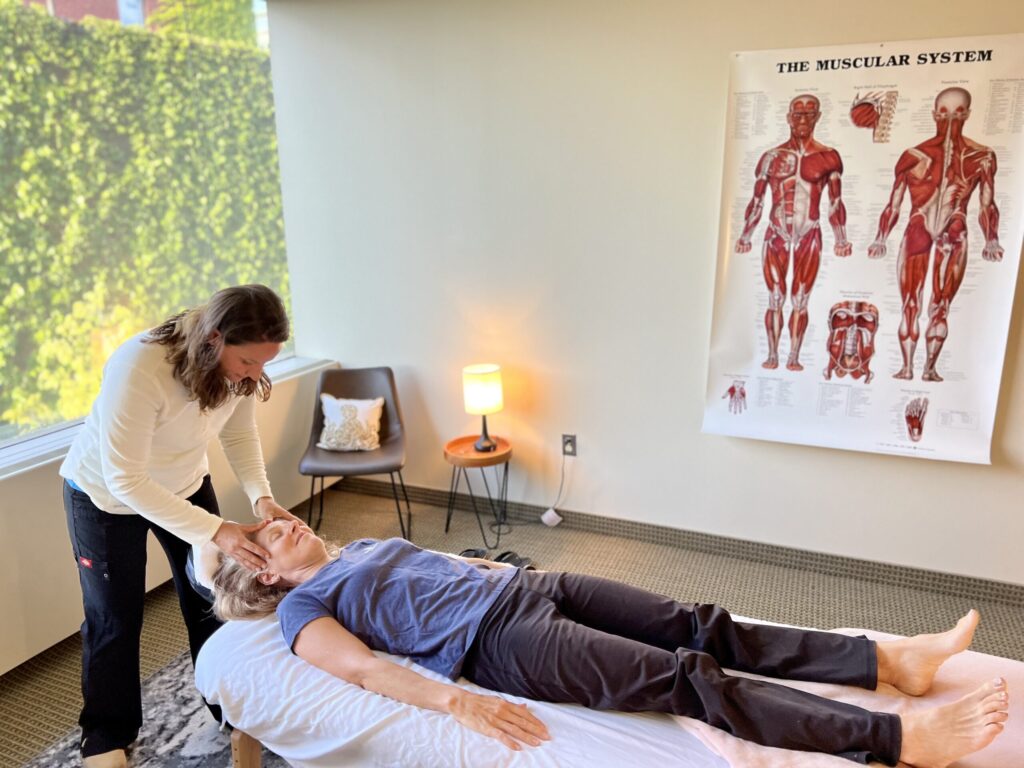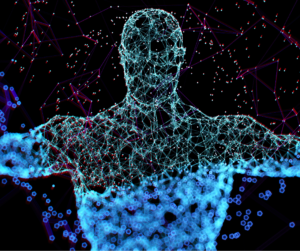Finding Relief Through Bowen Therapy: How It Can Help with Pain

Bowen Therapy is a type of soft connective tissue therapy that uses gentle, movements on specific points of the body to help relieve muscle tightness and promote healing. It is a non-invasive and relatively new approach to pain management, but it has quickly become a popular treatment option for people suffering from a variety of chronic conditions. In this article, we’ll explore what Bowen Therapy is, its potential benefits, how it works, and what to expect during a session. We’ll also discuss the practitioners of Bowen Therapy, self-help tips to enhance results, research on the topic, and answer some common questions about the therapy.
What is Bowen Therapy?
Bowen Therapy is a non-invasive, gentle form of physical therapy that uses a series of precise, targeted movements to stimulate specific points of the body. It was developed by Australian Thomas Bowen in the 1950s and has since become a popular treatment option for people suffering from chronic pain and other conditions. The therapy is often used to help with conditions such as chronic pain, muscle tightness, and joint stiffness. It can also be used to help with sports injuries, stress, and fatigue.
The therapy is different from other forms of physical therapy because it uses a series of gentle, precise, rolling moves on specific points of the body rather than direct pressure or manipulation. The therapist will use their hands to make the rolling movements. The movements are designed to stimulate the body’s nervous system, which in turn can help to relax the muscles and release tightness.
Benefits of Bowen Therapy
The potential benefits of Bowen Therapy are numerous. It is a relatively gentle form of physical therapy, and it can be used to help relieve pain and muscle tightness, improve mobility, and reduce the risk of injury. It can also help to reduce stress and fatigue, as well as improve circulation. The therapy can be used to treat a variety of conditions, including back pain, neck pain, shoulder pain, headaches, and sciatica. Additionally, it has been shown to help with sports injuries, anxiety, depression, postural problems, and insomnia.
Another potential benefit of Bowen Therapy is that it can help to improve overall wellbeing. The therapy is designed to reduce stress and tension, and this can help to improve mood, mental clarity, and sleep. It can also help to improve the body’s natural healing processes, which can help to reduce inflammation and speed up recovery from injury or illness.
How Bowen Therapy Works
The movements used are designed to stimulate different nerve receptors in the fascial layers surrounding the muscles. This sends messages to the brain to bring attention to the area. This can help to relax the muscles and release tightness and fascial restrictions. The moves are slow and gentle, and the therapist will leave the room for a few minutes between each move to allow the body to relax and re-adjust between the moves.
Types of Conditions Treated with Bowen Therapy
Bowen Therapy can be used to help with a variety of conditions, including chronic pain, muscle tightness, and joint stiffness. It can also be used to help with sports injuries, stress, and fatigue. Additionally, it has been shown to help with back pain, neck pain, shoulder pain, headaches, sciatica, anxiety, depression, postural problems, and insomnia.
The therapy is also used to help improve overall wellbeing. The relaxation techniques can help to reduce stress and tension, which can help to improve mood, mental clarity, and sleep. It can also help to improve the body’s natural healing processes, which can help to reduce inflammation and speed up recovery from injury or illness.
What to Expect During a Bowen Therapy Session
A Bowen Therapy session typically lasts 30-60 minutes and starts with an initial assessment and intake of medical history and chief complaints.
The client remains clothed during the session, although thin loose attire is recommended.
At the end of the session, the therapist will discuss any changes they have noticed in the body and recommend any self-help techniques that can be used to enhance the results of the therapy.
Practitioners of Bowen Therapy
Bowen Therapy is typically administered by a qualified practitioner. The practitioner must have completed the required training and have the appropriate qualifications and experience. Most practitioners will have certification for Bowen Therapy. It is a plus for the practitioner to have experience or degree in allied health or another medical field.
It is important to find a qualified practitioner who is experienced in Bowen Therapy in order to get the best results from the therapy. Also, its important to ensure that the practitioner is experienced in treating the specific condition that you are seeking treatment for.
Self-Help Tips to Enhance Bowen Therapy Results
There are a few self-help tips that can be used to enhance the results of Bowen Therapy. The most important tip is to ensure that you get plenty of rest and relaxation, as this can help to reduce stress and tension in the body and promote healing. Additionally, it is important to drink plenty of water and to eat a healthy, balanced diet to ensure that the body is getting the nutrients it needs to heal.
It is also important to practice relaxation techniques, such as deep breathing and meditation, which can help to reduce stress and tension and promote healing. Additionally, it is important to get regular exercise, which can help to improve circulation and mobility.
Research on Bowen Therapy
There have been a number of studies conducted on Bowen Therapy, and the results have been promising. A number of studies have found that the therapy can help to reduce pain and muscle tightness, improve mobility, reduce the risk of injury, and improve overall wellbeing. Additionally, the therapy has been found to be safe and effective for a variety of conditions, including back pain, neck pain, shoulder pain, headaches, and sciatica.
However, more research is needed to better understand the potential benefits of Bowen Therapy and how it can be used to treat different conditions. Additionally, more research is needed to determine the optimal frequency and duration of sessions for different conditions.
Common Questions About Bowen Therapy
Q. How often should I have a Bowen Therapy session?
A. The frequency and duration of sessions will depend on the individual and the condition being treated. It is best to discuss this with your practitioner, as they will be able to advise on the best course of treatment for your specific condition.
Q. Is Bowen Therapy safe?
A. Bowen Therapy is generally considered to be safe and non-invasive. However, it is important to ensure that you are seeing a qualified practitioner who is experienced in Bowen Therapy.
Q. How long does a Bowen Therapy session last?
A. A Bowen Therapy session typically lasts 30-60 minutes.
Q. How quickly will I see results from Bowen Therapy?
A. Results from Bowen Therapy can vary from person to person. Some people may experience immediate relief, while others may need to have several sessions before they notice any changes. It is best to discuss this with your practitioner.
Conclusion
Bowen Therapy is a relatively new approach to pain management, but it has quickly become a popular treatment option for people suffering from a variety of chronic and acute conditions.
The therapy is typically administered by a qualified practitioner, and it is important to find a practitioner who is experienced in Bowen Therapy in order to get the best results. Additionally, there are a few self-help tips that can be used to enhance the results of the therapy, such as getting plenty of rest and relaxation, drinking plenty of water, and practicing relaxation techniques.
Overall, Bowen Therapy is a safe and effective form of physical therapy that can be used to help relieve pain, range of motion, muscle tightness and promote healing. If you are suffering from chronic pain or other conditions, it’s worth considering Bowen Therapy as a treatment option.





